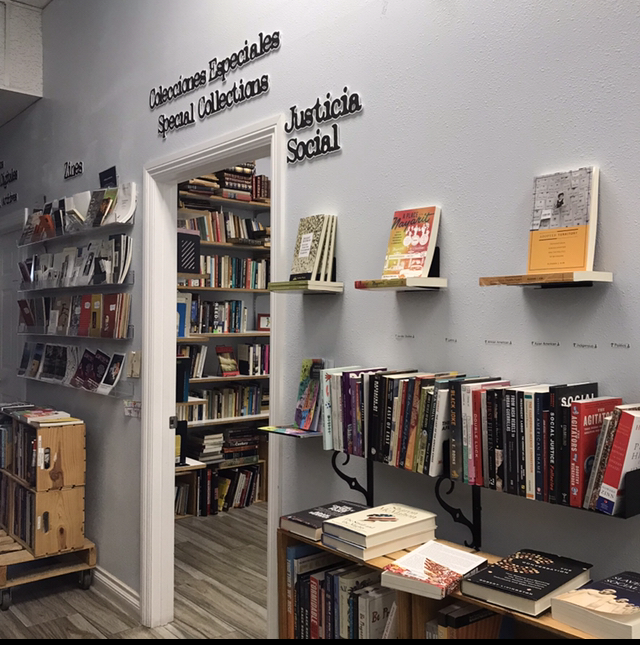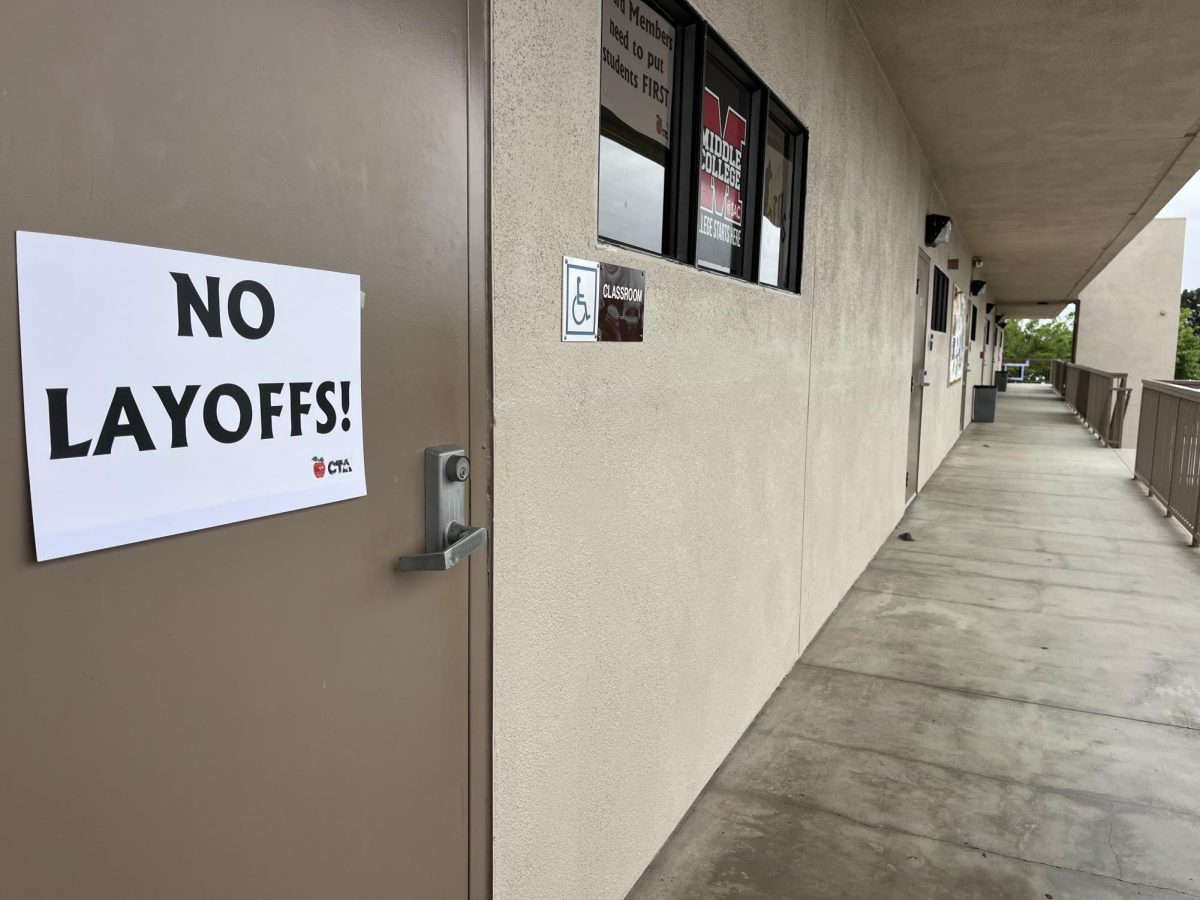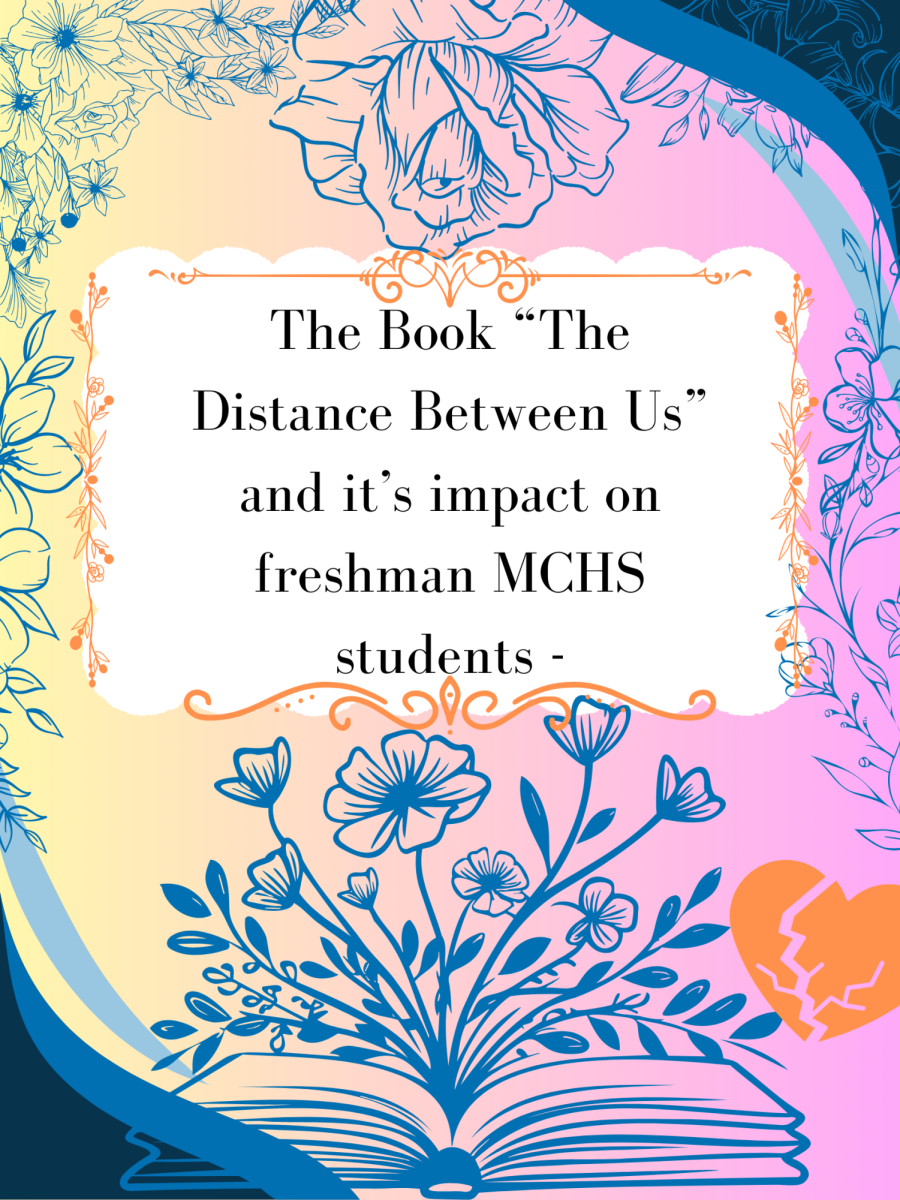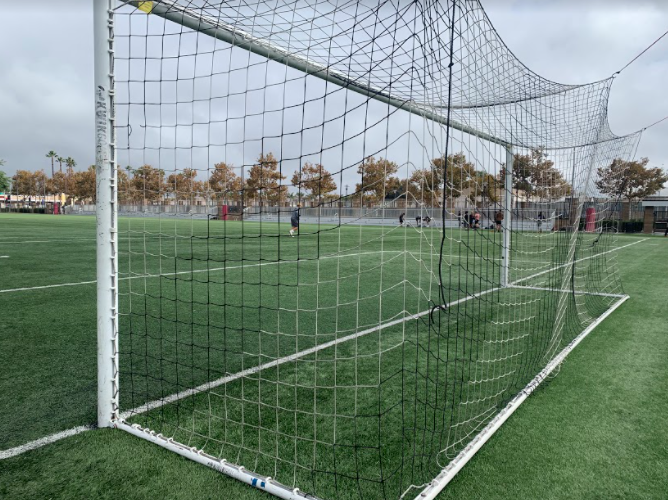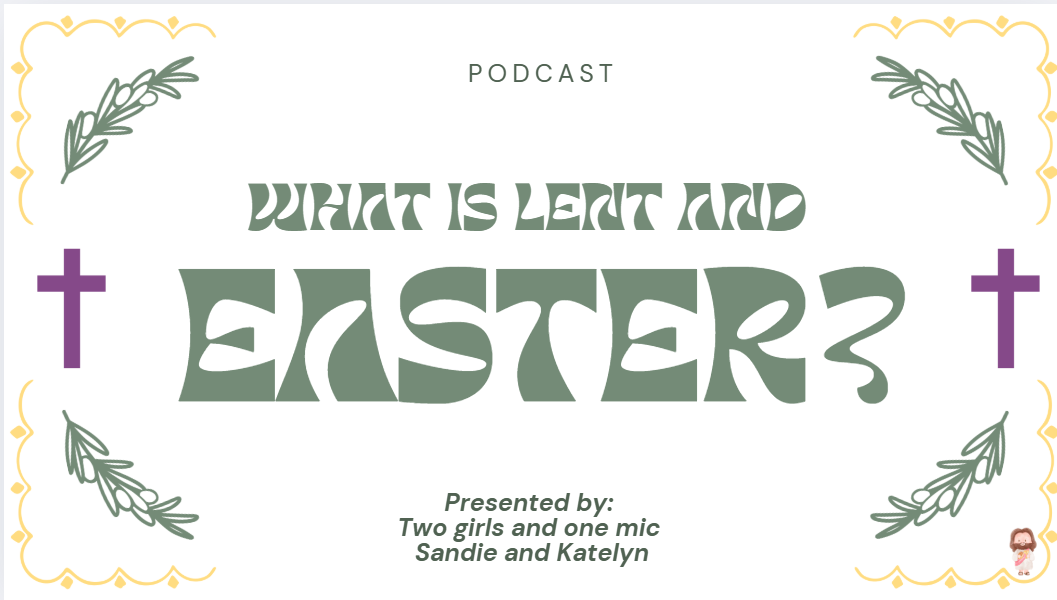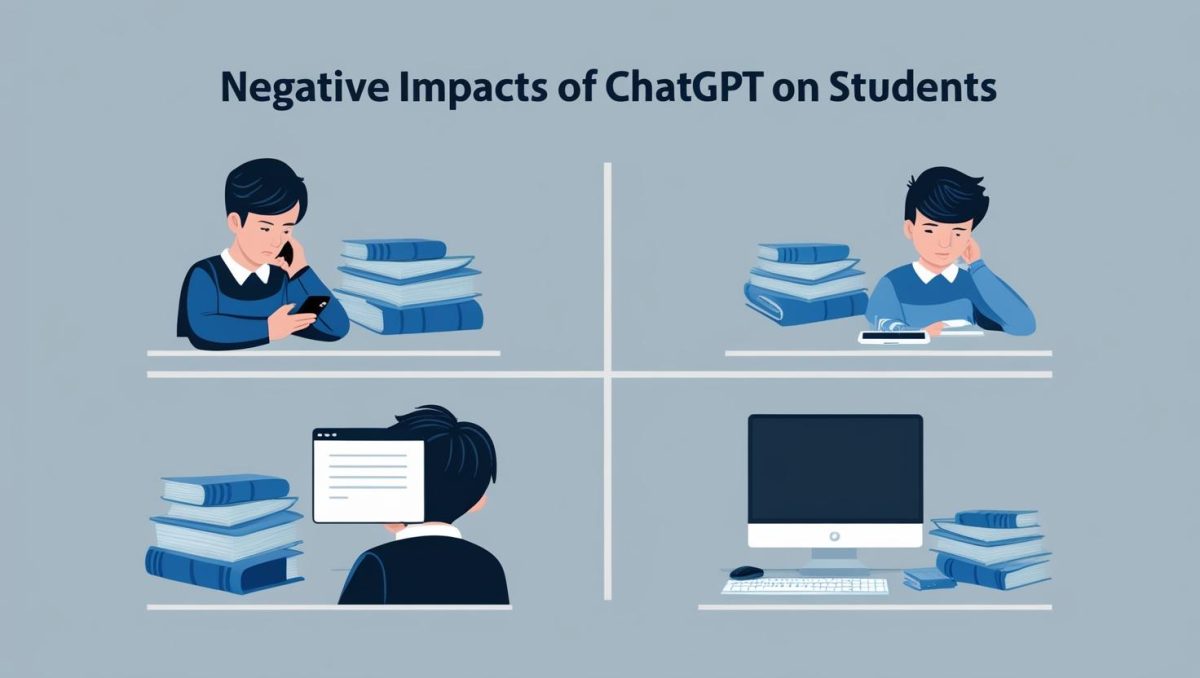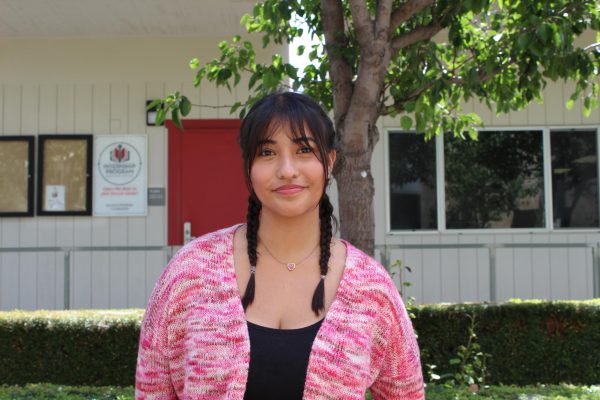Ethnic studies in SAUSD: what are they, and why are they important?
The SAUSD ethnic studies curriculum was accused of containing several antisemitism statements and promoting a negative reputation for Jewish people. On February 20, it was announced that several Jewish organizations had settled the lawsuit against the Santa Ana Unified District (SAUSD) in agreement to reinvent the courses. As a result, the curriculum will exclude this section for the rest of the year and will be put on hold until it is redone to exclude said statements.
What are ethnic studies?
With the relatively new subject of ethnic studies being introduced, we all need to reflect on the purpose of the curriculum. This curriculum was established to highlight the voices of marginalized groups in our country’s history and start. Students may recognize different groups and their roles in setting the foundation for the country we call home.
Santa Ana College ethnic Studies professor Megan Pennings shared her insight about this topic.
“Ethnic studies focus on the experiences of racial and ethnic groups that have been historically marginalized in the United States, mostly focusing on the four major core groups: African American, Chicano/Latino, Native American, and Asian American communities; however, this list is not limited to other marginalized groups such as Middle Eastern, Pacific Islander, multiracial, and immigrant communities,” she said.
This curriculum is not without opponents, including state governments. Throughout its introduction, it has been a hot topic in conservative states, like Florida, where there have been many attempts to limit and restrict the teachings, as they may prompt students to be politically influenced.
However, given California’s typically liberal demographic, it was the first state to include this course as a high school graduation requirement through the AB 101 statute. Essentially, it states that starting from the class of 2029 will need to take one semester of ethnic Studies to graduate.
Despite the discourse surrounding the environment, many teachers currently teaching the topic, like Ricardo Anguiano, believe it should be required to obtain a high school diploma.
“[Ethnic studies] allow us to broaden our historical knowledge about different groups…It is a different history [students] don’t know about, and I think we as people are always curious to learn about things we don’t know about,” Anguiano said.
Why are these courses important?
The dispute over whether ethnic studies are important is relevant and ongoing. Consequently, the impact on student populations immersed in the courses is also significant in this debate.
Stanford Report published an article that speaks on how ethnic studies have immediate and long-lasting impacts on students’ academic success. First, it spoke about how it improved student attendance and touched base on how those same students were later able to enroll in college as well. Co-author of the study and professor at the University of Massachusetts at Amherst, Sade Bonilla states, “Learning about their ancestors’ contributions made them feel proud and made school feel relevant, contributing to a sense of belonging. Learning about oppression and stereotypes in action reminded students that not every failure is an individual’s fault.”
Additionally, Pennings also argues that ethnic studies creates well-rounded students who can flourish in environments, as she has seen in her own course teachings.
“Studying these histories and experiences helps challenge stereotypes, gives voice to real stories, and allows students to better understand the contributions, struggles, and identities of these communities…ethnic studies benefit not only students from underrepresented groups, but also everyone. It fosters open conversations, mutual understanding, and collective growth…Many students have expressed that they wish they had been exposed to this curriculum earlier, before attending college, and believe they would have benefited greatly from learning it during their K–12 education,” she said.
What happened in SAUSD, and how is it being fixed?
In February, SAUSD had settled a lawsuit against Jewish organizations, accusing the district of enacting a curriculum that pushed several negative sentiments against Jewish people. The settlement concluded to cease teaching the module for the rest of this school year.
However, the solution also required removing the curriculum to redesign it with public opinion gathered through the open court hearings. With this agreement, the arising concern is when the district will make time for this issue. Currently, the district’s pressing issue is teacher layoffs because of the budget cut.
With the lawsuit resulting in the sidelining of ethnic studies, which has proven to be such an important class with significant results for student education, it takes away from student education. SAUSD officials have shown that this year, they will continuously take away from their students at their own expense.
“When well done, it can truly transform how students view themselves and the world around them,” Pennings said.
The district should urge itself and handle its dilemmas with the students in mind. Our district has so many pending problems, and it needs to learn to prioritize its students’ needs. It has continuously taken away from its students both in academics and support. It jeopardized several jobs for staff who support students in several aspects. Now, it is taking away from students by not providing ethical material in classrooms for them to be adequately educated on complex topics.




